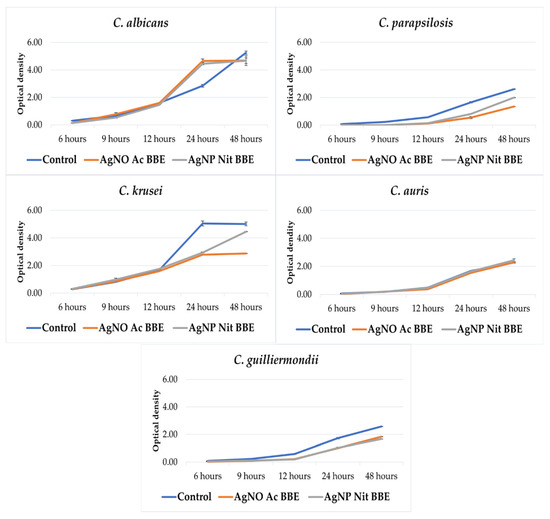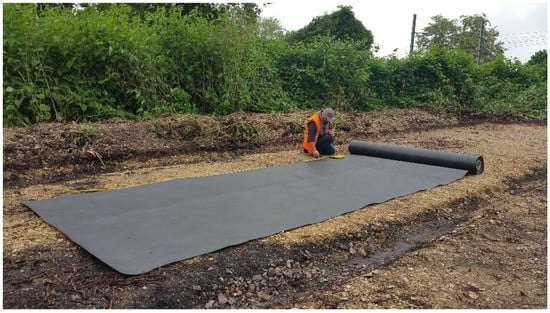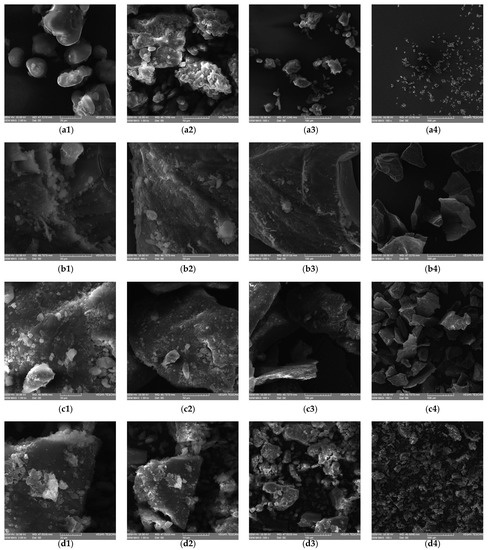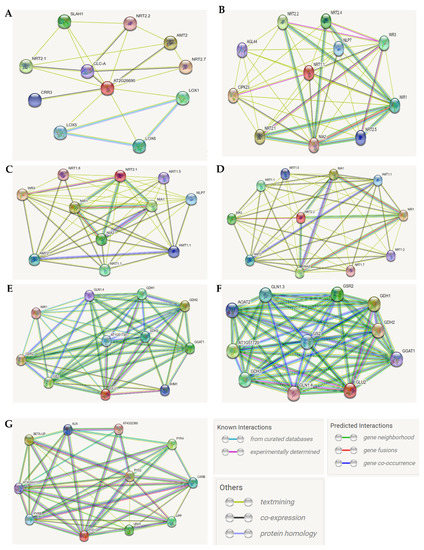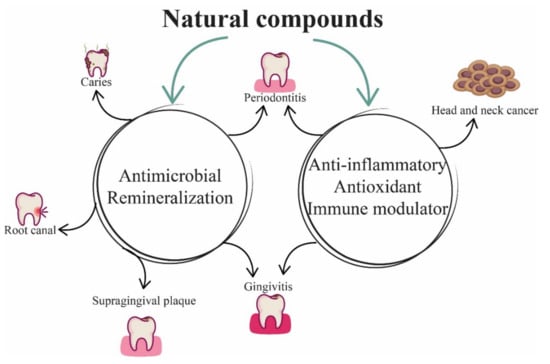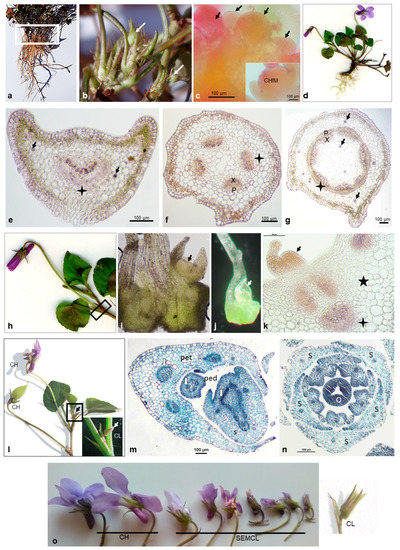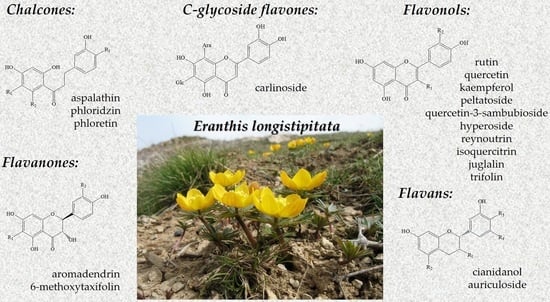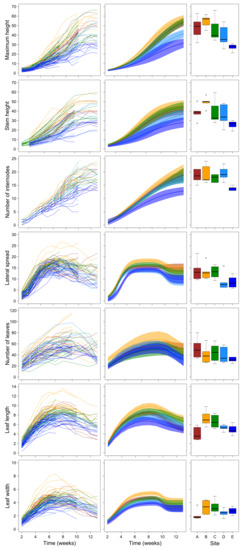1
Department of Microbiology, “George Emil Palade” University of Medicine, Pharmacy, Sciences and Technology of Târgu Mureș, 38 Gheorghe Marinescu Street, 540139 Târgu Mureș, Romania
2
Doctoral School, George Emil Palade University of Medicine, Pharmacy, Science, and Technology of Târgu Mureș, 38 Gheorghe Marinescu Street, 540139 Târgu Mureș, Romania
3
Laboratory of Antimicrobial Chemotherapy, Ion Ionescu de la Brad University of Life Sciences, 8 Aleea Mihail Sadoveanu, 700489 Iași, Romania
4
Department of General and Inorganic Chemistry, “George Emil Palade” University of Medicine, Pharmacy, Sciences and Technology of Târgu Mureș, 38 Gheorghe Marinescu Street, 540139 Târgu Mureș, Romania
5
Department of Pharmaceutical Botany, “George Emil Palade” University of Medicine, Pharmacy, Sciences and Technology of Târgu Mureș, 38 Gheorghe Marinescu Street, 540139 Târgu Mureș, Romania
†
These authors share the first authorship.
Plants 2021, 10(10), 2153; https://doi.org/10.3390/plants10102153 - 11 Oct 2021
Cited by 35 | Viewed by 3549
Abstract
Biosynthesis is a green method for the synthesis of silver nanoparticles (AgNPs). This study aimed to assess the antifungal activity of two silver nanoparticle solutions, synthesized using beech bark extract (BBE) and acetate and nitrate silver salts (AgNP Acetate BBE and AgNP Nitrate
[...] Read more.
Biosynthesis is a green method for the synthesis of silver nanoparticles (AgNPs). This study aimed to assess the antifungal activity of two silver nanoparticle solutions, synthesized using beech bark extract (BBE) and acetate and nitrate silver salts (AgNP Acetate BBE and AgNP Nitrate BBE), their influence on biofilm production, their potential synergistic effects with fluconazole, on different Candida spp., and their influence on virulence factors of C. albicans (germ tube production, gene expression for ALS3, SAP2, HSP70). Both the AgNP BBEs presented different minimum inhibitory concentrations for all the studied Candida spp., but biofilm production was inhibited only for C. albicans and C. guilliermondii. The growth rates of all the studied Candida spp. were inhibited in the presence of both AgNP BBEs, except for C. auris. Synergistic activity was observed for C. parapsilosis and C. guilliermondii, for different combinations of fluconazole with both the AgNP BBEs. The germ tube production of C. albicans was slightly inhibited by the AgNP BBEs. Only AgNP Acetate BBE was able to down-regulate the expression of SAP2. Overall, we can conclude that, even if more studies are necessary, AgNPs synthesized with beech bark extract might be an interesting alternative to classic antifungal treatments.
Full article
(This article belongs to the Special Issue Biological Activities of Plant Extracts)
▼
Show Figures

